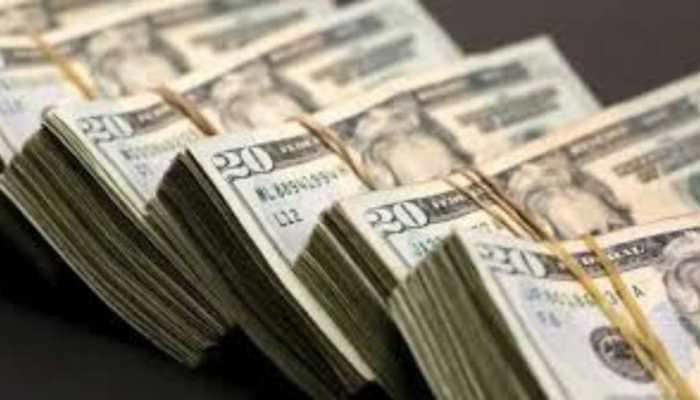US Dollar Falls for Fifth Straight Day as Tariff Tensions Trigger Global Market Selloff
The US dollar experienced a significant setback on Monday, falling 0.7 per cent and marking its fifth consecutive day of decline. This downward trend pushed the US Dollar Index (DXY), which measures the greenback’s strength against a basket of major global currencies, to its lowest point in three years. Since the beginning of April, following US President Donald Trump’s announcement of “Liberation Day” and the unveiling of aggressive new tariff policies, the dollar has lost more than four per cent of its value. This sustained decline reflects growing investor concerns over the stability and long-term outlook of the US economy, prompting many to withdraw their funds from American assets.
Despite President Trump’s bold assurances that the US dollar would continue to be the “currency of choice,” investor sentiment tells a different story. In a recent statement, the President dismissed fears about the dollar’s weakening status, even claiming that if any country attempted to move away from using the US dollar, a single phone call would be enough to reverse that decision. However, such comments have done little to calm the markets. Confidence continues to erode amid escalating tariff tensions and the absence of a clearly defined economic strategy to reassure global investors.
The ongoing trade conflict between the United States and China has intensified uncertainty in the global financial markets. Last week, the US government escalated the situation by increasing tariffs on Chinese goods to an astonishing 145 per cent. In retaliation, China raised its own tariffs on American imports from 84 per cent to 125 per cent. This tit-for-tat tariff war has sparked widespread concern, leading to a global selloff across markets. Even traditionally secure investment avenues, such as US Treasury bonds, have not been spared. Yields on 10-year Treasury bonds are now poised for their biggest weekly surge since 2001, reflecting a growing demand for higher returns due to the heightened risk perception among investors.
In a related development, the Indian rupee witnessed its strongest single-day rally in over two years on Friday, gaining 0.75 per cent. The rupee closed at 86.05 against the US dollar, a notable improvement from Thursday’s close of 86.70. This upward movement in the Indian currency was largely driven by the weakening of the US dollar and falling global crude oil prices, which together boosted investor confidence in emerging markets like India. The strengthening of the rupee underscores the broader impact of the dollar’s decline on global currencies and investment trends.
While financial experts continue to argue that no viable alternative currently exists to replace the US dollar as the world’s primary reserve currency, the escalating trade tensions and volatile market reactions are undeniably sowing seeds of doubt. The prolonged depreciation of the dollar, coupled with investor unease over future economic policies, could mark the beginning of a shift in global financial dynamics if the situation persists.
For video news, visit our YouTube channel THE OLIGO.

